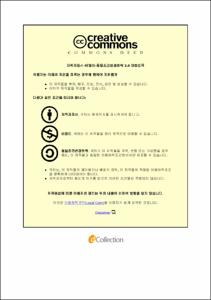포장 김치의 지각된 가치가 소비자만족과 재구매의도에 미치는 영향에 관한 연구
= A Study on the Effects of Perceived Value on Consumer Satisfaction and Repurchase Intention in Packaged Kimchi
- Appears in Collections:
- 호텔관광외식경영학과 > 1. Thesis
- Files in This Item:
-
-
Download
 000001215939.pdf
기타 데이터 / 939.41 kB / Adobe PDF
000001215939.pdf
기타 데이터 / 939.41 kB / Adobe PDF
-
Items in Repository are protected by copyright, with all rights reserved, unless otherwise indicated.